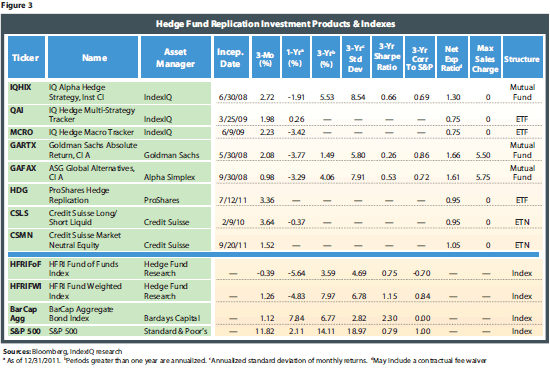ETF Investing Guide Separately Managed Accounts
Post on: 12 Июль, 2015 No Comment

Separately managed accounts, also known as wrap accounts, separate accounts or SMAs, are one of the financial industrys favorite new products. Separately managed accounts are accounts targeted at wealthy individuals that are managed by banks, brokerages or fund companies. The individual specifies preferences, say about asset allocation, individual stocks, or exposure to industries, and the account manager appoints sub-managers to pick securities and conform to the individuals preferences.
There are currently about 2 million separately managed accounts, and The Money Management Institute forecasts that to rise to 12.5 million accounts over the next few years.
The accounts are promoted by full-service brokerages. According to Barrons, Smith Barney, Merrill Lynch, Morgan Stanley, UBS and Prudential together account for about 80% of the SMA market. The following advantages are claimed:
- Tax efficiency. Separately managed accounts can avoid the tax disadvantages of mutual funds (which I discussed in So You Thought Mutual Funds Help You Diversify? ), and the individual can instruct the manager to realize capital losses on specific securities in the account.
- Customization. Individuals can instruct the account manager to avoid specific sectors or stocks. For example: if you work for Microsoft and have a lot of options, you can diversify your financial exposure by avoiding the technology sector and software stocks in particular.
- Manager selection, leading to outperformance. The account manager can choose market-beating sub-managers based on performance. The account manager may pick different managers for growth stocks, value stocks, foreign stocks and bonds, and may track the managers performance and fire under-performing managers.

How compelling are these advantages? Investors should be skeptical, and heres why:
- The fees are too high. Fees for separately managed accounts can range from 1.25% to 2.7% of assets per year, depending on the size of the account. Those fees break down as follows (according to Barrons): the broker or main advisor who helps decide on asset allocation and communicates with the sub-managers takes 0.5% to 1.0%; each sub-manager earns between 0.35% and 0.7% (fixed income managers earn less); the SMA sponsor (which handles reporting functions) earns 0.25% to 0.65%, and the clearing and custody agent receives 0.15% to 0.35%. Investors with $300,000 or less will pay closer to 2.7% in total, while investors with $3 million or more will pay closer to 1.25% in total. Either way, its a terrible deal. Annual fees of 1.25% take a significant chunk of your investment returns; annual fees of 2.7% are arguably crippling. Better sticking to a self-managed ETF portfolio with annual fees of about 0.25%.
- No advantage to choosing portfolio managers. Active management is no more compelling for separately managed accounts than for mutual funds. In many cases, the sub-managers for SMAs are the same managers who run mutual funds. And theres also no reason to assume that the fees paid to SMA sub-managers (which in many cases are lower than annual fees for mutual funds) should attract more talented managers.
- No compelling tax management advantages. Its not clear that separately managed accounts offer better tax management than ETFs. ETFs themselves are highly tax efficient; when combined with tax loss selling, ETF portfolios are hard to beat from the perspective of tax efficiency.
- Excessive trading costs. In addition to annual fees, separately managed accounts will likely suffer from higher trading costs than ETF portfolios managed in an online brokerage account.
So why is the SMA market predicted to grow so fast, while nobodys talking about self-managed ETF portfolios? My guess is its those juicy 1.25% to 2.7% annual fees, a sure source of income even in a down market when trading commissions dry up.
Perhaps a key attraction of separately managed accounts to wealthy investors is the promise of customization, a tailored product for the individual. But as we saw in Financial Advisors. customization and high fees go together. The investors friends are commoditization and intense competition; they lead to greater efficiency and lower fees. Choosing customized investment products is like ordering a hand-built car or tailored underwear.
Previous: Financial Advisors
Next: The Quirks of Market Segmentation














